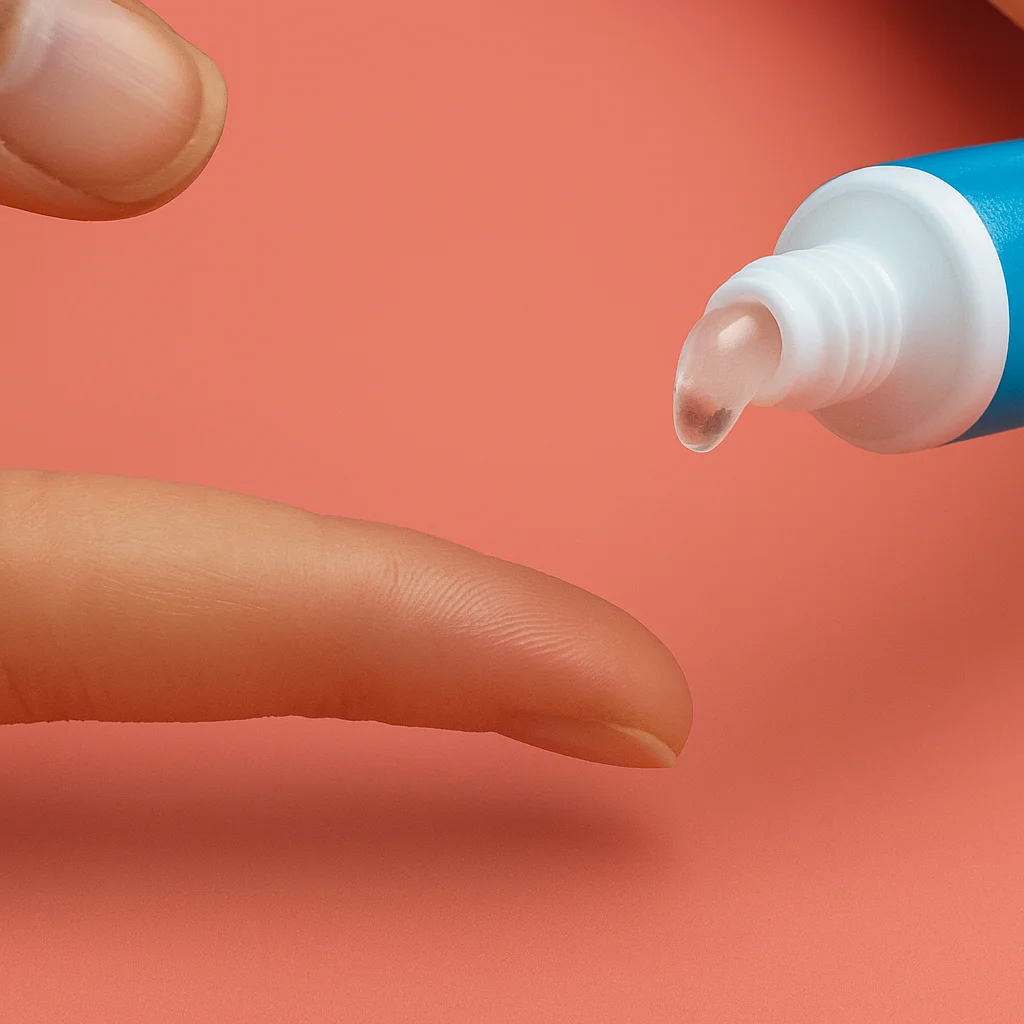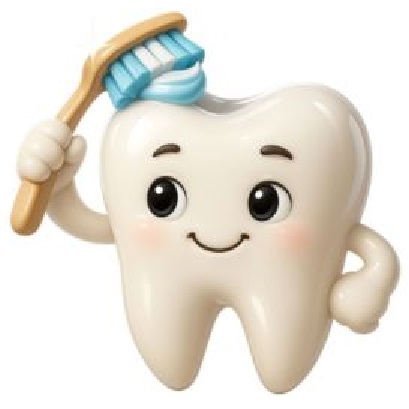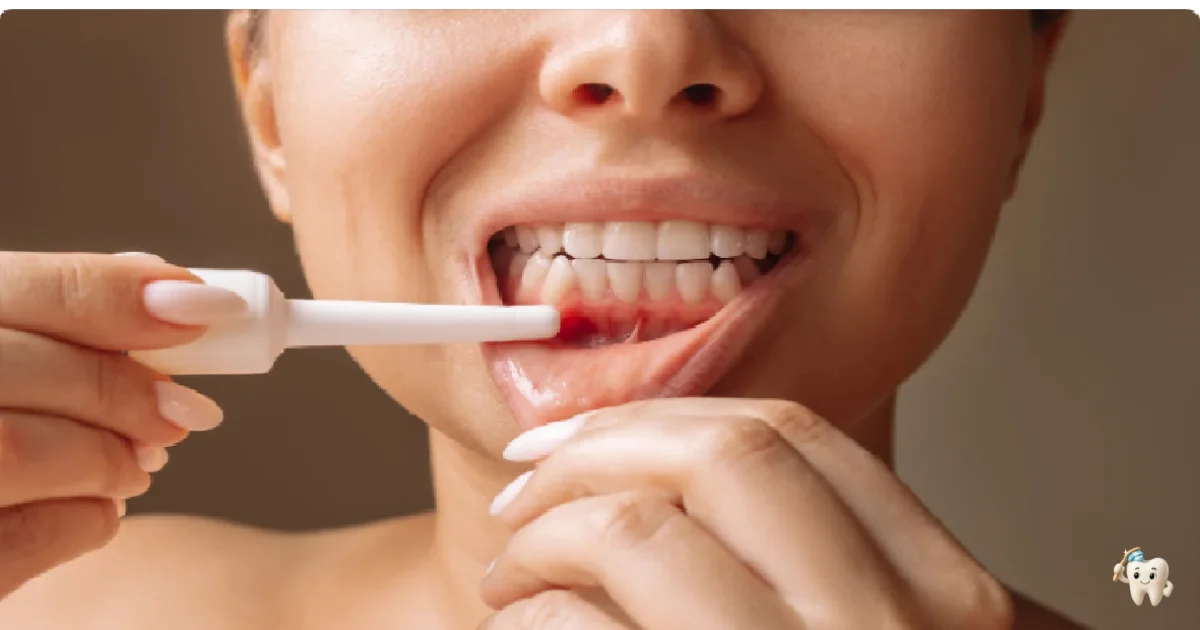If you’ve ever had a painful mouth ulcer, sore gums, or even a brace rubbing you raw, chances are you’ve reached for a tube of mouth gel. These soothing gels have been a go-to in my bathroom cabinet since I was a teen, and I’d wager I’m not alone. But how well do they actually work, and when should you be reaching for one?
In this post, we’ll take a closer look at mouth gels for ulcers—what they do, what they don’t do, and whether they’re still worth keeping handy. I’ll share a bit of personal experience, explore common uses, and help you decide whether a mouth gel is the right solution for your discomfort.
What Are Mouth Gels, Exactly?
Mouth gels are topical treatments applied directly to sore areas in the mouth—think ulcers, inflamed gums, or spots irritated by dentures or braces. There are plenty of well known brands knocking about, one even having “household name” status, that all work on similar principles. Most are designed to either numb the pain, reduce inflammation, or form a protective barrier to help healing along.
Some contain antiseptic ingredients (like cetalkonium chloride), others include mild local anaesthetics (like lidocaine), and a few focus on creating a physical barrier (like the chewy-textured type). A few do all three.
When Should You Use a Mouth Gel?
Mouth gels are best used for short-term, localised problems. They’re not a long-term fix, but they can be a lifesaver when you just need to get through a meal or sleep without being woken by pain. Here are the most common scenarios where they come in handy:
- Mouth ulcers: Especially painful ones, or when you’ve got more than one.
- Gum irritation: From brushing too hard or as part of a gingivitis flare-ups.
- Orthodontic pain: Braces or retainers rubbing the inside of your cheeks.
- Denture sores: Especially early on when getting used to a new fit.
- Minor oral injuries: Like accidentally biting your tongue or cheek.
Pros and Cons of Using Mouth Gels
👍 The Good
- Fast relief: Some gels numb the area almost instantly.
- Easy to apply: Just a dab on a clean finger or cotton bud.
- Widely available: Most chemists stock several options.
- Non-invasive: Great alternative to taking painkillers.
👎 The Not-So-Good
- Short-lasting: Relief often wears thin within 30–60 minutes.
- Can sting on application: Especially on broken skin.
- Some gels taste awful: Or leave a sticky residue.
- Not for under 16s (in some cases): Some gels contains salicylate.
Are There Any Risks?
Generally, mouth gels are safe when used as directed, but they’re not suitable for everyone. Some types, especially those containing choline salicylate aren’t suitable for young children, pregnant women, or anyone taking blood thinners. Always check the label—and if you’re unsure, speak to your pharmacist or GP.
Tips for Getting the Most Out of Your Mouth Gel

Dry the sore and inflamed area first with a clean tissue before applying as this helps it stick better.
Apply sparingly but precisely using your finger—don’t overdo it. The more you use, the more you might swallow.
Avoid eating or drinking for at least 15 minutes afterwards. Give it a chance to work.
Store the tube somewhere cool, especially in summer when it can end up thick and gloopy.
My Own Personal Experience with Mouth Gels
I’ve used mouth gels for ulcers on and off for years—and even just for gum irritation during flare-ups. One particularly nasty ulcer on the inside of my lip made eating anything acidic absolute torture. A dab of mouth gel dulled the pain for about half an hour to 45 minutes, which was just enough to get through dinner. That alone felt like a minor miracle at the time.
But not all gels work as well. I’ve found some can sting on first contact, especially on raw areas, and they don’t always last very long. Some have a very artificial taste or odd texture that’s not exactly pleasant, especially when it starts dissolving and you end up swallowing half of it.
Pearly’s Final Thoughts
Mouth gels aren’t miracle cures, but they can be real lifesavers when used at the right time. For me, it’s about having something to fall back on when ulcers hit hard or sore gums start throbbing. Just knowing there’s something that can take the edge off makes a world of difference.
Would I rely on them every day? No…… Would I ever be without a tube in the medicine cabinet? Absolutely not.
FAQs
Q: How often can I apply mouth gel?
A: Most gels recommend using it up to 3–4 times a day. Always follow the instructions on the packaging.
Q: Can I use mouth gel with dentures or braces?
A: Yes, but make sure you clean the area before applying the gel. Some gels may work better than others at sticking to denture or brace-related sore spots.
Q: Are mouth gels safe for children?
A: Some are, but not all. For example, gels that contain salicylate are a no no for kids and under 16’s. Look for children-specific formulas or consult your pharmacist.
Q: Can mouth gel cure an ulcer?
A: No, but it can ease the pain while your body heals naturally. If an ulcer lasts more than 2 weeks, see your dentist or GP.
Q: Is it OK to swallow the gel?
A: Gels are formulated to be generally safe if you accidentally swallow a small amount, but the goal is to apply it topically and avoid swallowing where possible.

